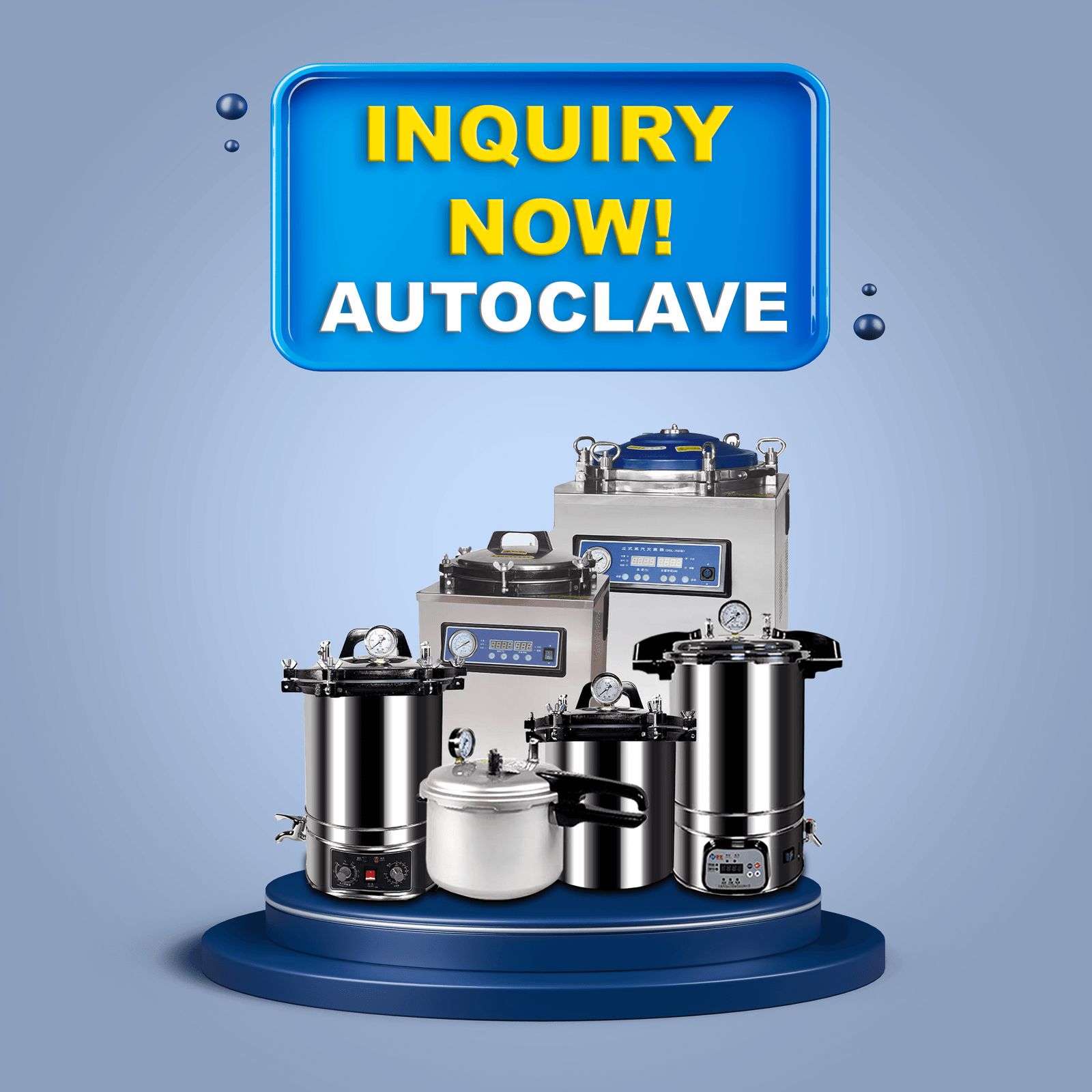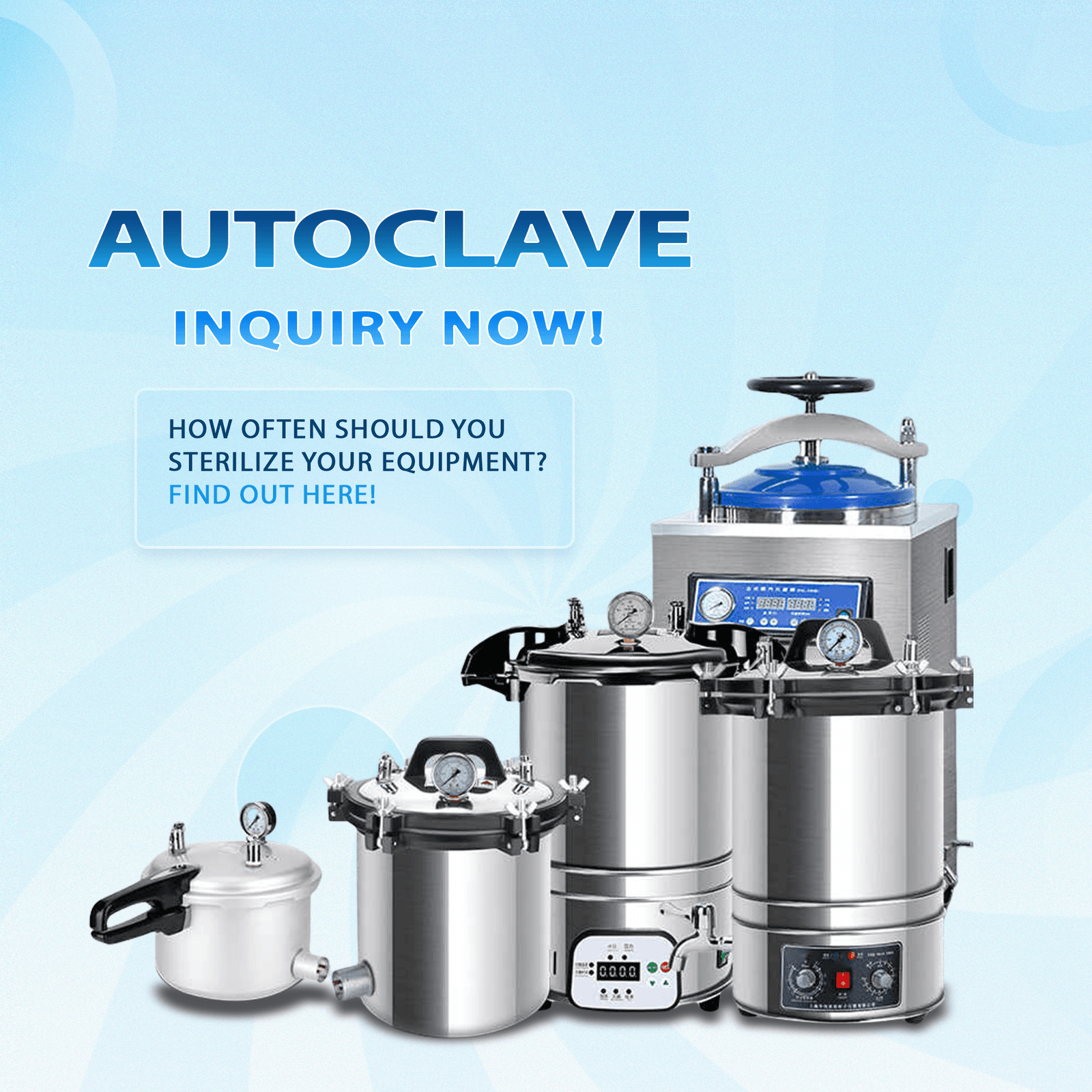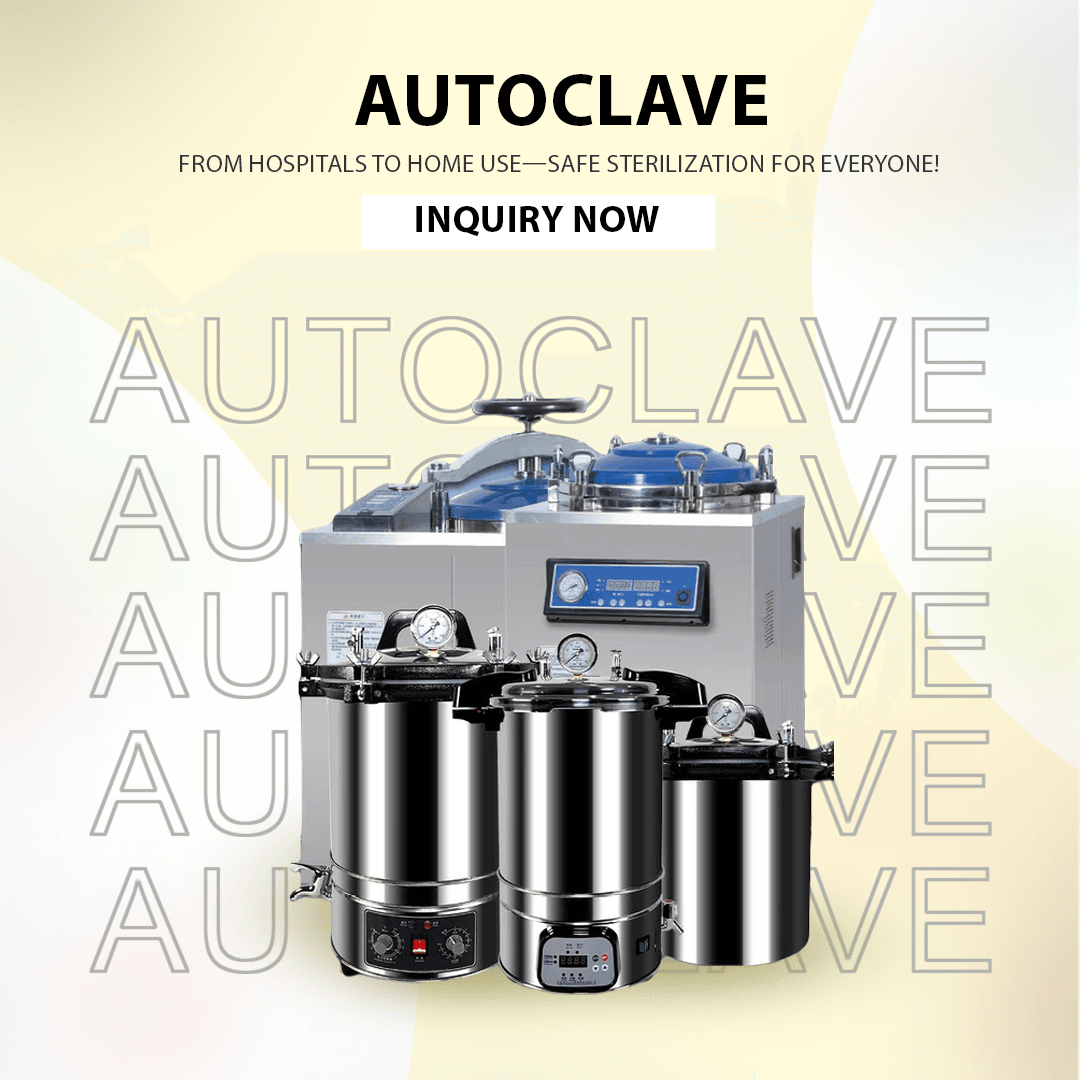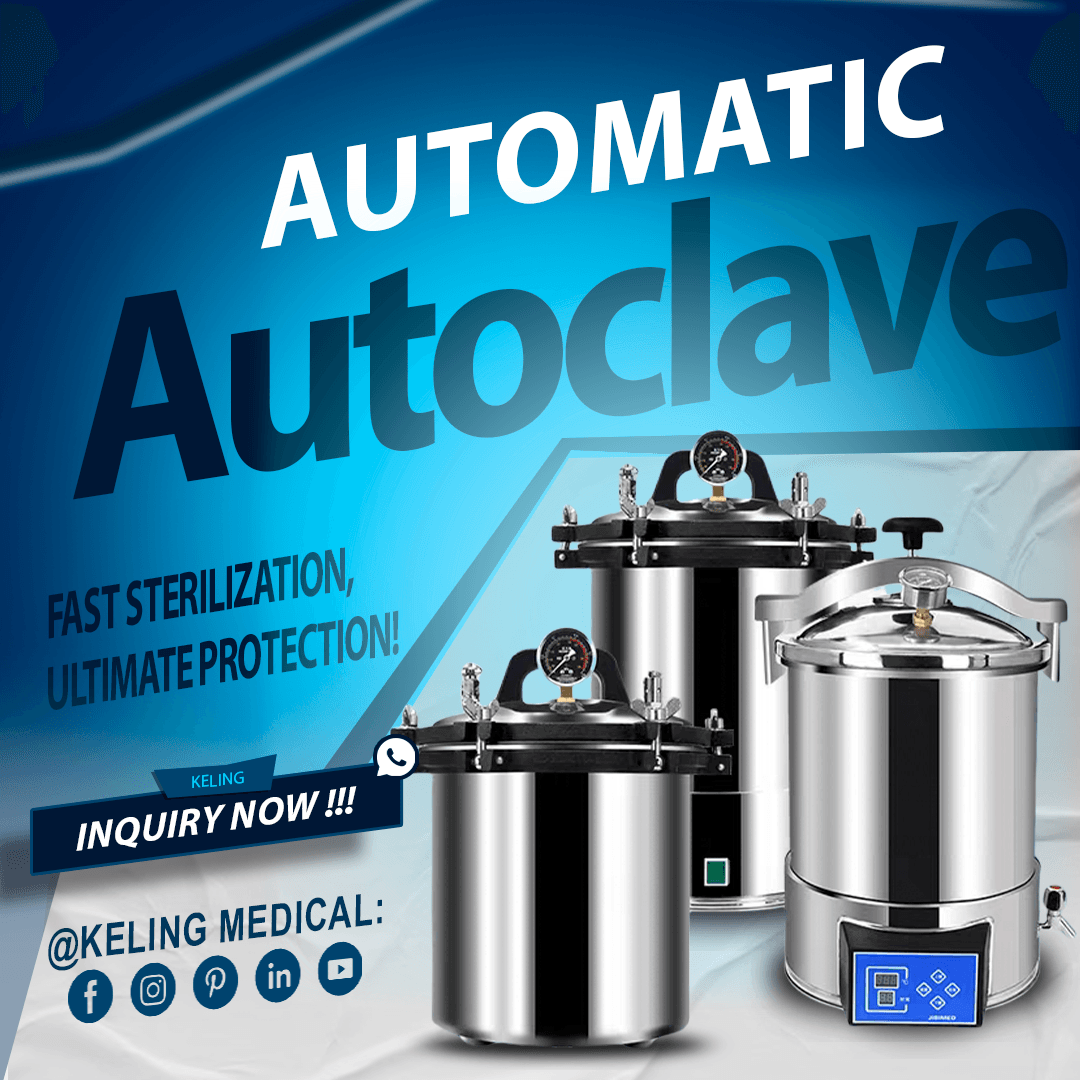
This article provides a detailed exploration of autoclaving as a process, including its definition, step-by-step operation, suitable materials, and the main advantages it offers. By the end, you will have a comprehensive understanding of autoclaving and its importance in modern sterilization protocols.
Autoclaving sterilizes materials by exposing them to high-pressure saturated steam at high temperatures which eradicates all types of microbial life such as bacteria, viruses, fungi, and spores. The process stands out as one of the most reliable methods to achieve sterility particularly for objects which tolerate heat and moisture.
When people inquire about autoclaving they mean the method of sterilizing materials by exposing them to high-pressure steam inside an autoclave to remove all living microorganisms. The word “autoclave” represents the equipment used for this sterilization technique whereas “autoclaving” describes the actual process itself.
The equipment that performs the autoclaving process is called an autoclave. The autoclave acts as a pressure-resistant sealed chamber that utilizes high temperature to achieve effective sterilization.
Autoclaving stands as a structured procedure that enhances the power of steam sterilization. This section provides a detailed, sequential description of the autoclaving process.
Before autoclaving, each item undergoes inspection to confirm its compatibility with steam sterilization.
Through the use of autoclave-safe containers or wrapping methods instruments achieve steam accessibility while remaining sterile after the autoclave process.
During the loading process all items must be positioned in the autoclave chamber so that steam can move freely between them.
The autoclave door or lid is tightly shut to establish a pressurized environment that prevents air from entering.
Steam flow forces air to exit through the vent during gravity displacement sterilization.
Advanced autoclaves use a vacuum pump to remove air before steam introduction to ensure complete steam penetration.
The autoclave system releases saturated steam which brings about an increase in both temperature and pressure levels.
Typical sterilization cycles achieve 121°C (250°F) at 15 psi while certain cycles operate at elevated temperatures alongside increased pressures.
The chamber preserves established temperature and pressure levels for an established duration of 15 to 30 minutes based on load and protocol requirements.
The combined force of heat and moisture destroys all microorganisms as well as spores through the denaturation of proteins.
The sterilization process concludes by venting steam from the chamber followed by a gradual decrease in pressure.
The chamber reaches a safe temperature before contents can be safely removed.
Wrapped or porous objects benefit from the drying phase present in some autoclaves which eliminates leftover moisture.
When pressure and temperature stabilize at safe levels, workers open the autoclave door to retrieve sterilized items for storage or utilization.
Not all materials are suitable for autoclaving. The proper selection of items guarantees successful sterilization without causing any damage. Common materials that withstand autoclaving include:
The autoclaving process can sterilize stainless steel surgical tools along with forceps, scissors and clamps.
Laboratory Equipment: Metal trays, spatulas, and beakers.
Scientific laboratories use borosilicate glass to create flasks, bottles, pipettes and Petri dishes.
Polypropylene (PP), polycarbonate (PC), and certain Teflon types qualify as plastics that can withstand autoclaving.
Manufacturer guidelines should be consulted because not all plastics can withstand autoclave conditions.
Surgical drapes and gowns utilize materials that are resistant to both high temperature and moisture.
Sterilization Wraps consist of specialized paper and fabric materials that permit steam to pass through.
Autoclavable tubing and stoppers require proper labeling.
Culture media and solutions need storage in vented containers that minimize explosion risks and contain spills.
This waste category includes contaminated lab and healthcare materials that must be stored inside approved containers.
Certain plastics (e.g., polystyrene, polyethylene)
Flammable or volatile chemicals
Electronic devices, powdered substances, and oily materials should not be autoclaved due to their sensitivity to heat and moisture.
Compared to other methods of sterilization autoclaving displays multiple substantial benefits which makes it the favored option in numerous settings.
The process eliminates bacteria, viruses, fungi along with spores to achieve complete sterility.
The speed of typical sterilization cycles exceeds that of chemical or dry heat methods which enables busy facilities to maintain quick turnaround times.
The system operates with water and electricity while eliminating the requirement for costly chemicals and supplies.
This process generates no toxic residues or hazardous waste which makes it an environmentally friendly option.
It works with many different materials for various applications including surgical instruments laboratory glassware and waste management.
This sterilization technology aligns with global healthcare and laboratory regulations by meeting or surpassing required sterilization standards.
The current generation of autoclaves includes safety mechanisms like pressure relief valves together with temperature monitoring systems and automated control options.
Autoclaving stands as the central sterilization technique today because of its unparalleled effectiveness and safety across medical, laboratory and industrial sectors. Medical device distributors, dealers, and procurement professionals must comprehend the autoclaving process to effectively select appropriate equipment, educate users and maintain compliance with strict health and safety regulations.
The selection of autoclaving as a sterilization method delivers the utmost protection for patients along with staff and end-users. Our experienced team stands ready to assist you with expert guidance when selecting the best autoclave solutions for your needs.
Autoclaving is the process of sterilizing materials using high-pressure steam. It is vital because it ensures the complete elimination of all microorganisms, protecting patients and staff from infection.
Metals, borosilicate glass, certain plastics, textiles, rubber, silicone, liquids, and biohazard waste can be autoclaved if they are labeled as autoclavable.
Autoclaving uses moist heat under pressure, which is more effective and faster than dry heat or chemical sterilization for most applications.
It means using an autoclave to sterilize instruments, glassware, or waste, ensuring all items are free from viable microorganisms.
Yes. Avoid autoclaving items made from certain plastics, flammable chemicals, electronic devices, and any material not labeled as autoclavable.
Read more about オートクレーブとは? そして What is Autoclave Sterilization? for further details.
Are you looking for high-quality autoclaves or expert advice on autoclaving solutions? Our team is ready to help you with tailored recommendations and support.
Eメール inquiry@shkeling.com
WhatsApp: +8618221822482
Contact us today for a consultation or quote, and let us help you find the perfect autoclaving solution for your business needs!

医療や研究所の環境では、患者の安全を守り、感染を制御するための重要なステップとして、すべての機器や材料から危険な微生物を完全に除去することを優先しなければならない。オートクレーブ滅菌

医療業界は厳しい規制のもとで運営されており、患者を感染から守り、安全基準を維持するために医療器具の無菌化が求められています。強力なオートクレーブ滅菌器は、医療機器滅菌の中核をなすものです。

オートクレーブは、医療器具や医療材料を滅菌し、感染症の抑制に役立つため、医療に不可欠である。定期的なメンテナンスと適切な洗浄によって、これらの機器が効果的に機能するかどうかが決まります。医療用

オートクレーブは、医療器具や実験器具、その他の重要な材料の無菌状態を維持するために、医療と感染制御において不可欠な機器です。医療機器サプライヤーと調達エキスパート

医療従事者は、感染症を効果的に予防し、患者の健康を守るために、器具や材料の滅菌を優先しなければなりません。オートクレーブ滅菌は、非常に信頼できる方法であることが証明されており、世界中で広く使用されています。

医療業界では厳しい感染対策が要求されるため、安全性と衛生を確保するためには特定の用語や道具が不可欠である。無菌状態が要求される医療現場や研究室では